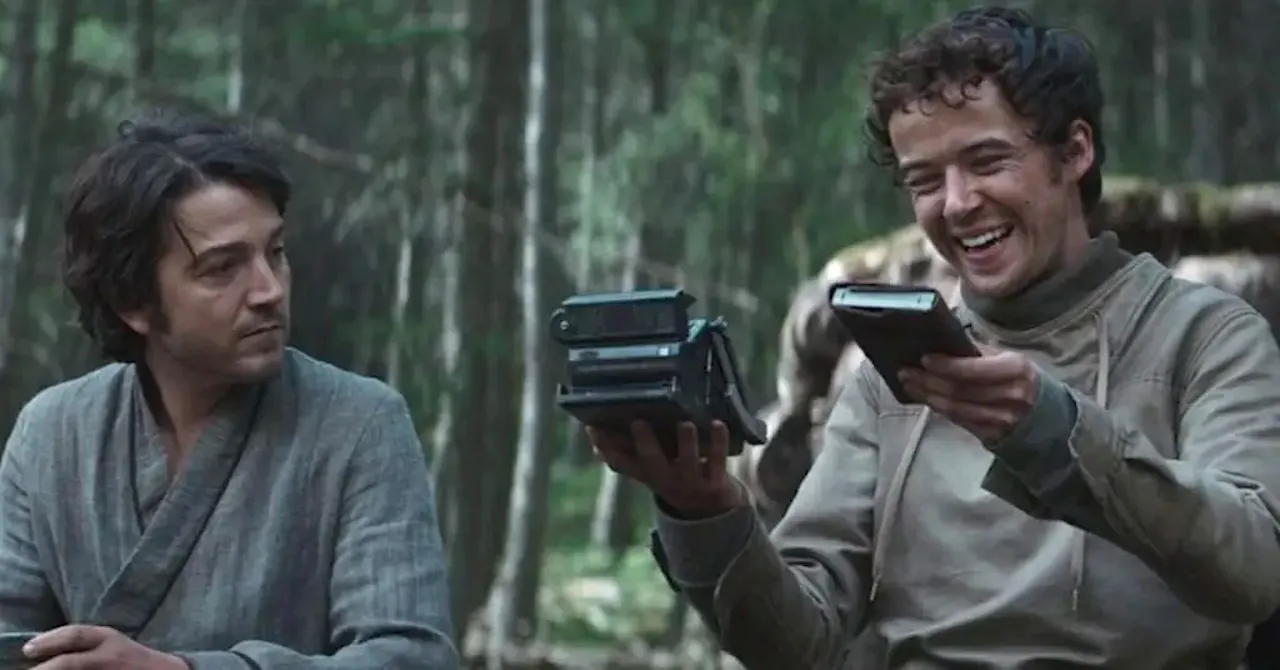Who's driving?
You can’t plot a course and then give everyone a steering wheel, or just give everyone their own map whether they know how to read it or not.

Digital collaboration tools are part of our lives more than ever before. No going back. No take backsies. For richer, for poorer.
Overall, it’s a good thing. But I have absolutely no doubt there’s still a lot of people, a lot of organisations, a lot of schools… a lot of places of all sorts… where they’re wondering why this tool was supposed to solve their problem and they’re not sure why.
All because no one was actually put in charge of researching best practice and examples and templates and processes to make that tool work at its best.
It’s a serious problem in part because that work is invisible work. It is work that supports output, it is not an output in itself. And it’s the kind of planning work that gets shuffled down the priority list even though it could be the ‘boring’ task that means your implementation of Slack or Canvas or Miro or Trello or Jira delivers rapid value to dozens of members of your organisation.
This is tactical work. And I often think that tactical work is lost in today’s world. Strategy sits on a shiny pedestal. The big picture plans that point to the horizon. And then it leaps to process and action, where the tactics – the nitty gritty roadmap on how to get to where you’re going, and how to deal with the realities of workflow – are always something that just gets muddled out along the way.
This is work that needs someone to be put in charge. You can’t plot a course and then give everyone a steering wheel, or just give everyone their own map whether they know how to read it or not.
Yes, let that person poll the group, build a consensus on what is needed, and get feedback during implementation to ensure things are working for everyone. BUT that person must have authority to make decisions about execution and to iterate and adjust how the thing works to make it succeed.
Success is the goal. To make the new tool successful. To ensure it works well and that everyone is using it correctly. And that it has been implemented to a degree that ensures it is being used to greatest effect.
I wish more companies offered better onboarding processes for subscription collaboration tools. It should be bog standard to expect to be able to get on a call with a human who can help walk you through the features that will suit the needs of your organisation and which templates might be the best place to start.
But it isn’t.
I’ve been using Superhuman, an excellent email app that ties into Gmail and makes it far faster and more efficient to deal with email on a daily basis. It’s also US$30/month. But they quickly earned that money by hosting a live video chat with an onboarding expert who talked to me like a pseudo psychologist about how I use email, what my pain points are, how I file things, and then how to setup my Superhuman account to make it work best for me.
And then two weeks later I had a follow up call with the same human to check in on my experience, any hassles, and any features I might not have been using yet that could help me.
It was amazing because it was so abnormal and so helpful. And I have no doubt it helped to ensure I would stick with the service for a lot longer.
Many corporate tools cost far more, yet offer far less assistance to organisations to help them learn the ropes. And too many organisations just think that switching on that new tool and letting a team loose is a good way to get up and running.
I’m sure there’s a sad analogy here that applies to the wider world today. Too few people with clear responsibility for anything. Too many people who think that a grand plan is all you need because you’ll never be held accountable for the tactical execution.
Let’s not let that be the road forward. And let’s start by ensuring that inside our own homes and offices we’re giving someone the steering wheel to help make our collaboration tools pursue a best practice that ensures they make work better in deeply practical ways.
On Byteside
Lazy mode this week. Go check the podcasts and byteside.com for all the latest. Geez, look at me. Self promoting like a marketing icon.
Who *is* driving?
Inside Twitter’s decision to fact-check Trump’s tweets
Good analysis of what Twitter did this week and its expectations on what would happen next…
How did the Covidsafe app go from being vital to almost irrelevant?
A month ago it was essential to opening up Australia again. It’s now fallen way short of its target of 40% population, it has been used once to track someone, and my fear was always that it might give too many a false sense of security (or scare those who couldn’t install it).
Far from shining a curative light on the Trump administration, the media has become engulfed by his empire of stupidity.
A $350 “anti-5G” device is just a 128MB USB stick, teardown finds
Oh, and it was recommended by members of a town council advisory committee. Because somehow just throwing around words like “quantum nano-layer technology” makes it believable? Idiocracy is real.
How did things get so bad? Here’s how.
The Unicorns Fell Into a Ditch
“In the old economy of price signals, you tried to build a product that people would want, and the way you knew it worked is that people would pay you more than it cost.” And somehow that’s not what people do anymore. It’s pretty wild.
Unmissable

Half the matter in the universe was missing – we found it hiding in the cosmos
I got emotional reading this. Amazing science. Using the phenomenon of Fast Radio Bursts to measure matter we can’t see but have been searching for for decades. All thanks to the new ASKAP telescope here in Australia.
This is a truly excellent list of suggestions for life from the original Editor of Wired magazine, Kevin Kelly, on his 68th birthday.
Smart
Charli D’Amelio is TikTok’s biggest star. She has no idea why.
The 16-year-old has 56 million followers, danced with J Lo and helped out her state governer with coronavirus messaging. And seems kinda normal? A fascinating look at the surprise star of TikTok.
www.washingtonpost.com • Share
The new model media star is famous only to you
With short videos and paid newsletters, everyone from superstars to half-forgotten former athletes and even journalists can, as one tech figure put it, “monetize individuality.”
This inclusively designed electric mobility vehicle is Tony Stark’s hoverboard
Making something that works like a Segway more stylish and more accessible? Winner.
Fun
More services need this. There’s some browser add-ons that add these features, but they’re not perfect. Native support for shared viewing in remote locations could be a really lovely feature for people to share an evening while they can’t be together.
The Empire Strikes Back gets a modern trailer upgrade
This fantastic fan-made recut gives The Empire Strikes Back the modern-style trailer it deserves on the film’s 40th anniversary.
By Byteside
Curated news and insights on tech, science and digital culture.
In order to unsubscribe, click here.
If you were forwarded this newsletter and you like it, you can subscribe here.
Powered by Revue
Bowral NSW 2576 Australia
Byteside Newsletter
Join the newsletter to receive the latest updates in your inbox.



